neuroscience
Latest
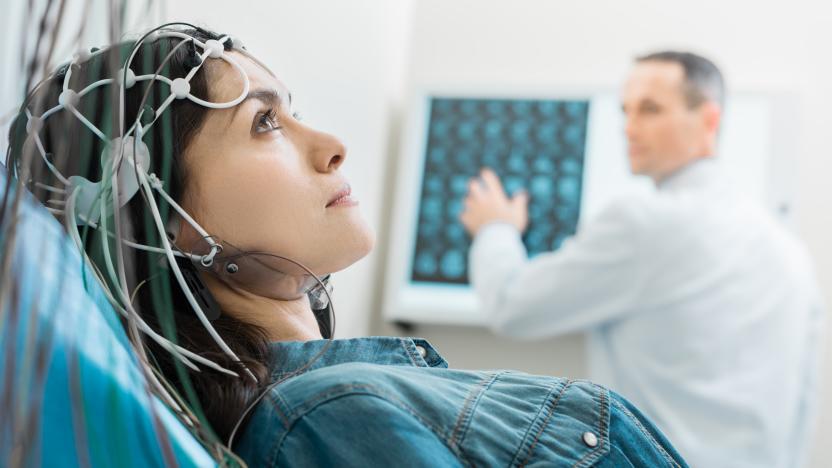
Hitting the Books: Who's excited to have their brainwaves scanned as a personal ID?
In her new book, The Battle for Your Brain, Duke University Professor of Law, Nita A. Farahany, examines the legal, ethical, and moral threats that tomorrow's mind-monitoring neurotechnologies could pose.
Andrew Tarantola04.30.2023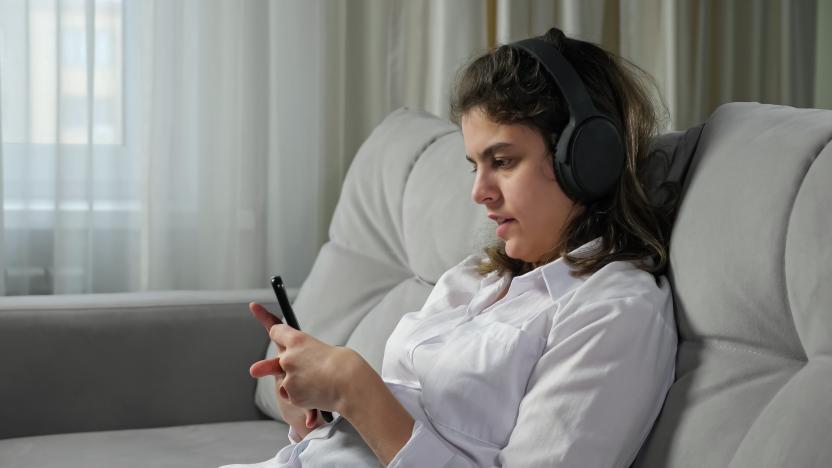
MIT study finds neurons in epilepsy patients that only respond to singing
The study’s participants were all epilepsy patients.
Amrita Khalid02.23.2022
Researchers say Oura rings can predict COVID-19 symptoms three days early
Researchers believe the Oura Ring and AI-guided models can predict COVID-19 symptoms three days before onset with over 90 percent accuracy.
Christine Fisher06.01.2020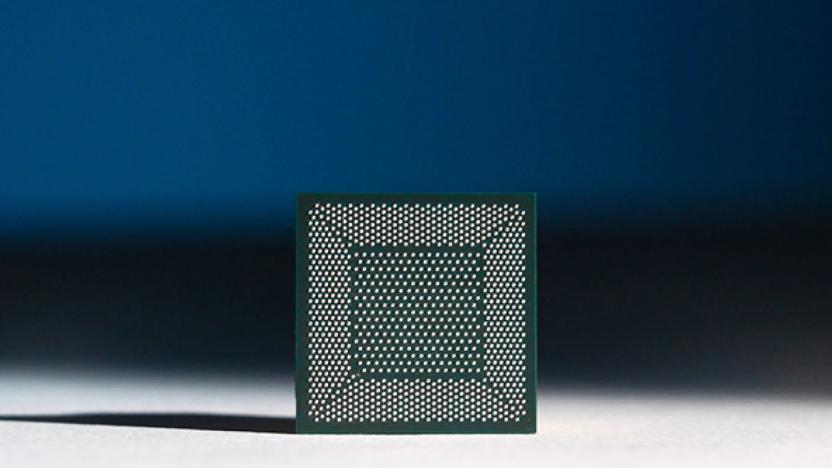
Intel’s neuromorphic chip learns to ‘smell’ 10 hazardous chemicals
Of all the senses, scent is a particularly difficult one to teach AI, but that doesn't stop researchers from trying. Most recently, researchers from Intel and Cornell University trained a neuromorphic chip to learn and recognize the scents of 10 hazardous chemicals. In the future, the tech might enable "electronic noses" and robots to detect weapons, explosives, narcotics and even diseases.
Christine Fisher03.16.2020
This eye-tracking system uses AI to monitor multiple sclerosis
For decades, doctors have used eye movement to quickly triage brain health, as eye movement patterns can point to conditions like concussion or stroke. Now, C. Light Technologies, a neurotech and AI company that grew out of the Berkeley Skydeck accelerator, wants to help doctors diagnose neurological conditions with more speed and precision. The company has developed an eye-tracking technology paired with machine learning that can be used to monitor multiple sclerosis (MS).
Christine Fisher02.12.2020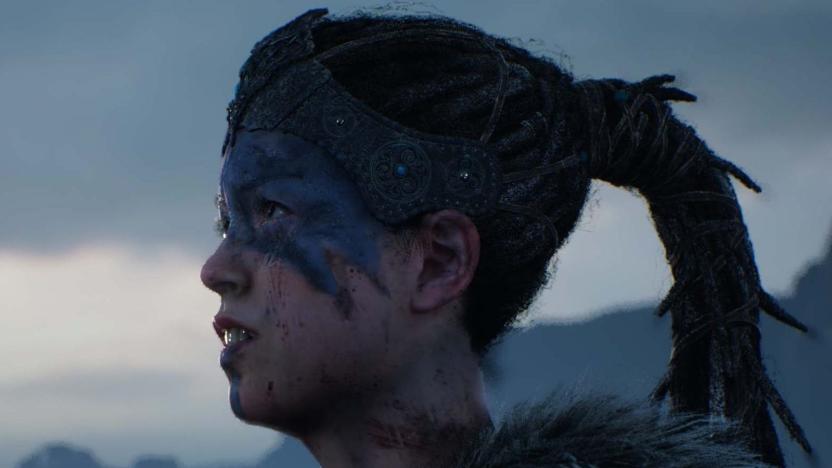
Microsoft and Ninja Theory are making games to fight mental illness
In 2015, Ninja Theory released Hellblade: Senua's Sacrifice, a journey through the mind of the Celtic warrior Senua as she faced anxiety, depression, hallucinations and delusions. The Microsoft-owned studio took careful steps to respect people suffering from those conditions, and it worked with Paul Fletcher, a professor at the University of Cambridge, to accurately portray mental illness. Beyond the award recognition, Ninja Theory and Fletcher were encouraged to keep going with their work around mental health. Today, they announced their next endeavor: The Insight Project.
Christine Fisher10.29.2019
Facebook is inching closer to a think-to-type computer system
Elon Musk isn't the only one who wants us to communicate via brainwaves. Facebook also has ambitious plans to interface with computers using wearables and one day let us type rapidly with our brains. Now, neuroscientists from the University of California, San Francisco (backed by Facebook's Reality Labs) have demonstrated a system that can translate speech into text in real time using brain activity only. While impressive, it shows that the technology still has a long ways to go.
Steve Dent07.31.2019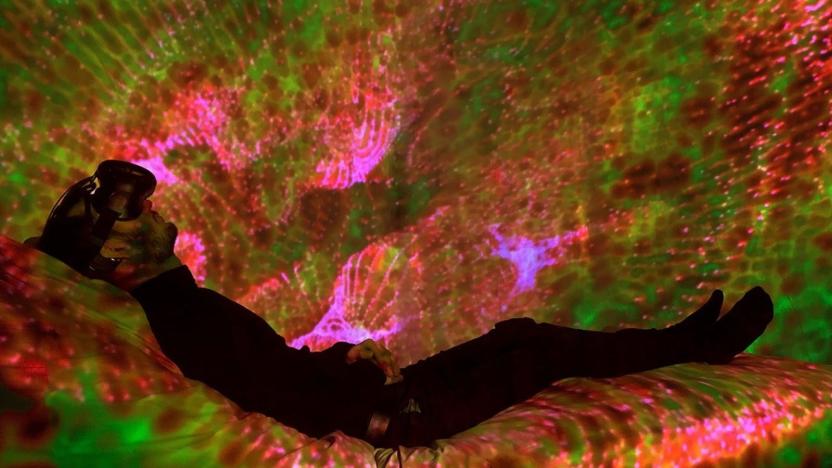
Brain-controlled VR lightshows could lull you to sleep
By most accounts, technology wreaks havoc on our sleep. Even tools meant to help us sleep better can make insomnia worse. But sleep and tech don't have to be mutually exclusive. Artists and researchers from Royal Melbourne Institute of Technology (RMIT) University have created a virtual reality tool to induce sleep. The device, Inter-Dream, combines ambient music controlled by artists with kaleidoscopic visuals controlled by the user's brainwaves, via EEG.
Christine Fisher07.26.2019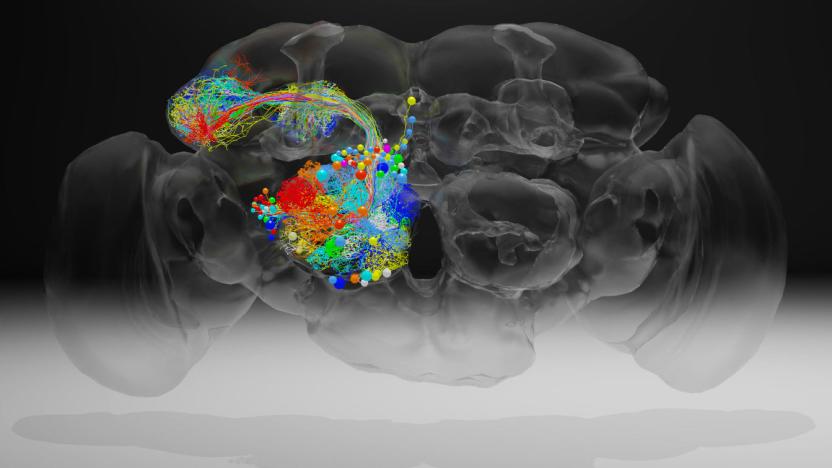
Researchers capture high-resolution image of a complete fruit fly brain
Scientists have created a high-resolution image of a fruit fly brain that will let researchers trace the connections of neurons throughout the brain. A team at the Howard Hughes Medical Institute's Janelia Research Campus led the work, which was recently published in Cell. Davi Bock, the lead researcher on the project, said in a statement that this level of resolution hasn't been achieved before and it will allow scientists to better understand which neurons play a role in behaviors exhibited by fruit flies.
Mallory Locklear07.23.2018
HPE supercomputer will help simulate mammalian brains
Scientists are about to get a serious assist in their quest to simulate brains. HPE has deployed Blue Brain 5, a supercomputer dedicated to simulations and reconstructions of mammalian brains as part of the École Polytechnique Fédérale de Lausanne's Blue Brain Project. The system is based on HPE's existing SGI 8600 (above) and packs a hefty 372 compute nodes between its Xeon Gold, Xeon Phi and Tesla V100 processors, not to mention a whopping 94TB of memory. More importantly, it's flexible -- Blue Brain 5 has four configurations to prioritize different computing tasks, and it can host subsystems geared toward relevant tasks (including deep learning and visualization) while operating as a cohesive whole.
Jon Fingas07.11.2018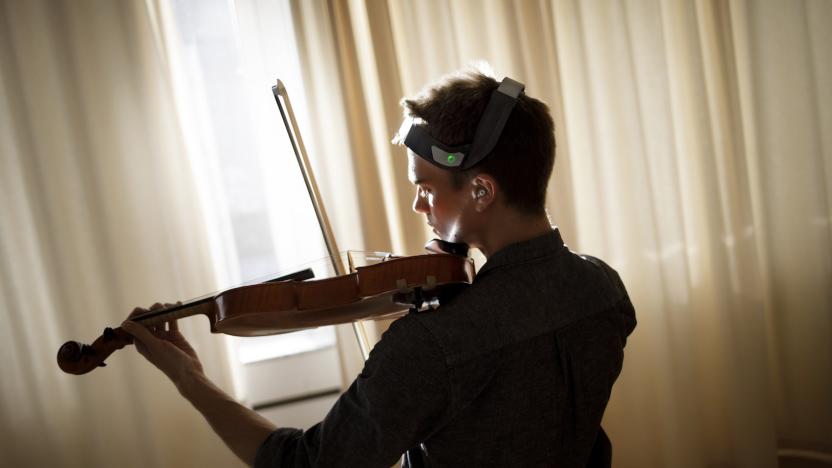
Zap your brain for a better you
Squirt some conductive gel on your skin, place a lightweight headset on your noggin and, according to a number of companies at CES, there's barely a limit to the types of self-improvement you can achieve. You can improve your sleep or your athletic performance, or lose weight. You might relieve nausea or even aid depression. And with almost no effort on your part.
Chris Ip01.13.2018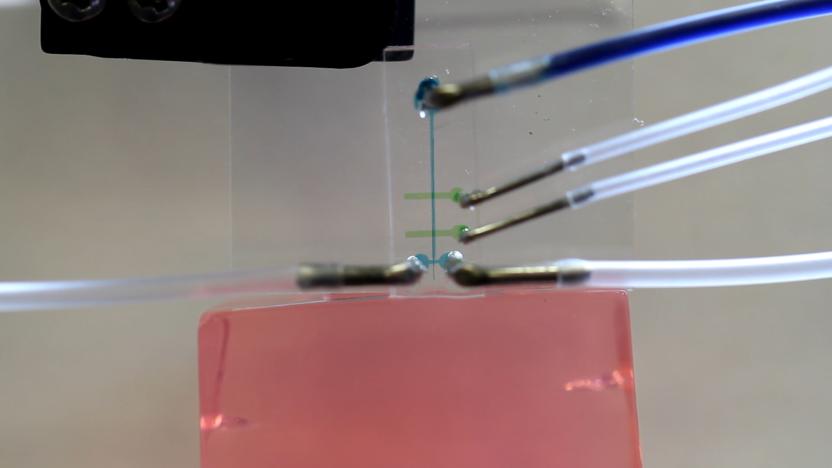
Researchers create less invasive method for placing brain electrodes
Our neurons are firing all the time, receiving signals from other neurons and sending signals of their own. To get a better understanding of how the brain works, scientists often listen in to those signals to see what kind of messages certain neurons send and how often they send them. Doing that often requires researchers to implant an electrode into the brain, which when it's close enough to a neuron, can pick up on the electrical signals that propagate through the neuron. However, getting an electrode into the brain isn't so easy. They either have to be rigid enough to penetrate the brain and remain straight or be inserted through needles that can keep them straight until they're safely in place. The problem is those rigid structures cause damage as they move through the brain and minimizing that damage is a goal that scientists are constantly working towards.
Mallory Locklear12.18.2017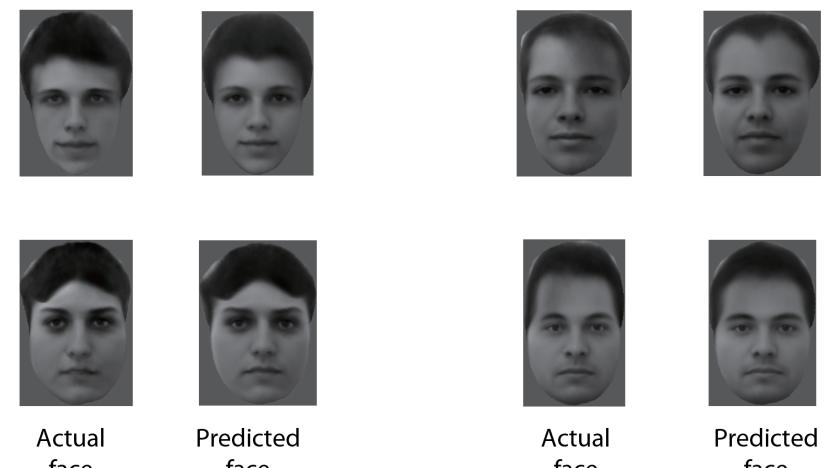
Scientists now know how your brain differentiates faces
Researchers at Caltech have taken a huge step in figuring out how the brain processes faces. In a study published this week in Cell, the team found that the brain only needs around 200 neurons to differentiate faces from each other.
Mallory Locklear06.02.2017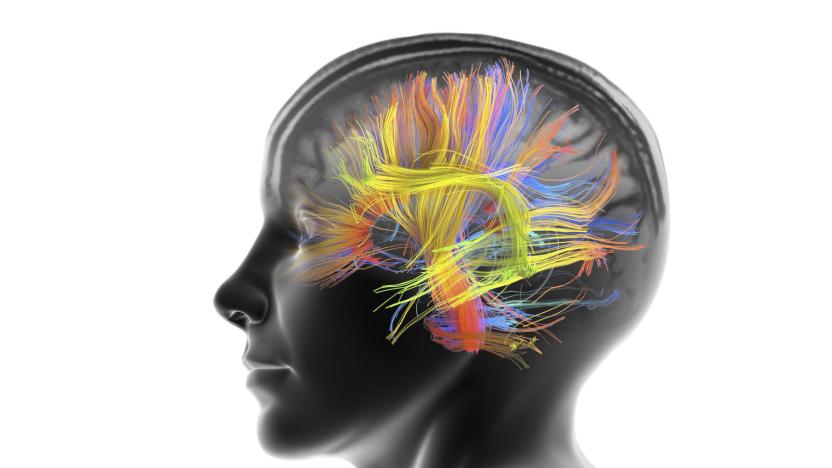
Your brain always has a backup plan
You may not always be consciously considering a Plan B when you're making a decision, but that doesn't mean it doesn't exist. Queen's University researchers have discovered that the human brain's motor neurons will prepare for multiple actions before making a decision. The team learned this by conducting experiments where volunteers were asked to guide a cursor toward one of two targets before they knew which one they were supposed to pick. While it was easy for the test subjects to consciously steer down the middle, the scientists took the cursor increasingly out of sync to make people compensate through unconscious actions. Sure enough, the volunteers' movements were an average of the movement paths needed to reach the targets, not the average between the positions -- their brains were already prepping for both paths.
Jon Fingas02.15.2017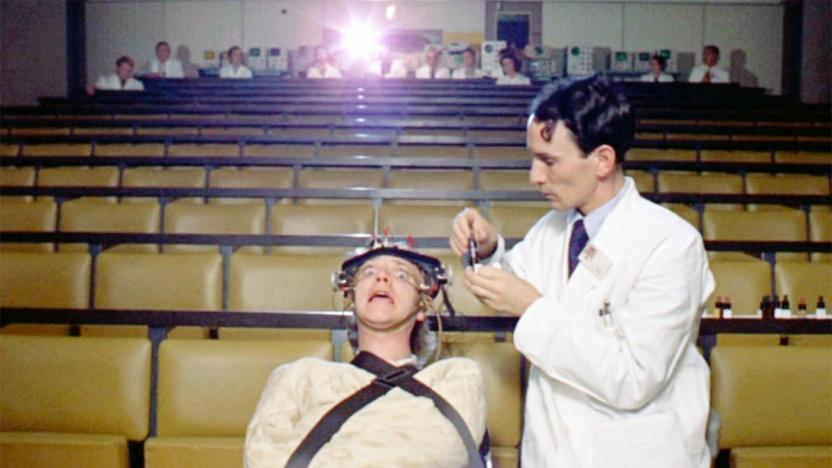
A thousand moviegoers will get their minds monitored all at once
It's an "action film for the mind". That's the pitch. To promote new sci-fi movie MindGamers, someone thought it would be a good idea to strap a thousand audience members into "cognitive bands". Tying into the movie's debut, the bands will let researchers monitor and record the state of the audience's mind simultaneously during the feature, resulting in a "mass-mind state" image of everyone's feelings and brain activity. Details are thin on exactly what's being monitored, although the screening is bookended by introductory talks and Q and As from experts in neuroscience technology. That may help to distract from having to wear a headband throughout the entire feature.
Mat Smith01.26.2017
David Byrne opens a neuroscience-themed art exhibit
David Byrne is no stranger to making odd, tech-infused art exhibits, but he's kicking things up a notch. The legendary musician and technologist Mala Gaonkar have launched Neurosociety, a science-themed exhibit at the Pace Art + Technology gallery in Silicon Valley's Menlo Park. The installation, which draws on the work of 15 cognitive neuroscience labs, guides you through four interactive rooms that each reveal a "surprising aspect" of you and your connections to others. Appropriately enough for the Talking Heads singer, it's a serious mind trip: you'll do everything from predicting real elections to seeing yourself represented in a doll's body. Your choices will even contribute to research data for the labs in question.
Jon Fingas01.06.2017
Religion and gambling have the same effect on your brain
Finding Jesus can feel a lot like falling in love, winning an award or getting high because all of these events activate the same reward circuits in the brain, according to a new study from the University of Utah. Researchers studied fMRI scans of 19 devout Mormons as they were exposed to prayer, scripture and sermons designed by the LDS Church to evoke spiritual feelings, and found reproducible activation in the nucleus accumbens, a region in the brain associated with reward and pleasure.
Jessica Conditt11.29.2016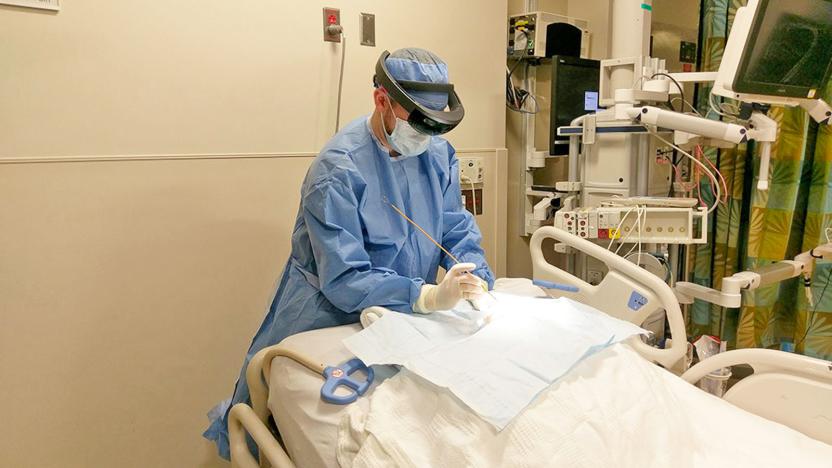
Duke hopes HoloLens will assist with tricky brain surgeries
When Microsoft envisioned the medical world embracing HoloLens in the future, it wasn't kidding around. Duke University is testing the augmented reality headset as an assistive tool for difficult brain surgeries like extraventricular drain placement, which relieves potentially fatal pressure. Instead of relying on CT scans and markers to insert a catheter into the skull during the draining procedure, Duke's doctors would use HoloLens to overlay a reconstructed CT scan on the patient's head. The virtual approach should not only be more accurate than conventional markers (the target is frequently too small or shifts around), but faster and simpler.
Jon Fingas10.11.2016
3D imaging helps map tiny connections in the brain
Mapping brain connections is tricky -- chemicals can destroy the very structures you're trying to map, and an electron microscope can only tell you so much. MIT researchers aren't daunted, however. They've developed a new 3D imaging technique that lets you map the brain at multiple scales, including at resolutions that aren't practical with light-based microscopes. The new approach expands on a conventional chemical-based method of preserving brain tissue samples. If you flood the tissue with acrylamide polymers, you form a super-dense gel that lets you expand the sample up to 5 times its original size without hurting its structure, making it easier to study minute details. Numerous microscopes can study neural structures like synapses at resolutions as fine as 60 nanometers, which beats the 200nm you might get through conventional light microscopes.
Jon Fingas07.27.2016
Researchers believe they've discovered 'anti-memories'
According to new research out of Oxford University, and published in the journal Neuron, a team of scientists believe that they've found the neurological equivalent of anti-matter. Just as anti-matter acts as the mirror image of subatomic particles, these "anti-memories" may exist as the bizarro versions of our memories.
Andrew Tarantola03.31.2016